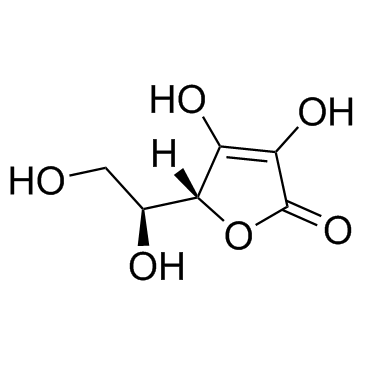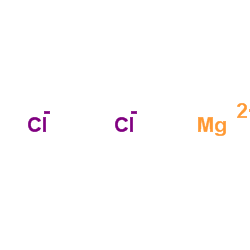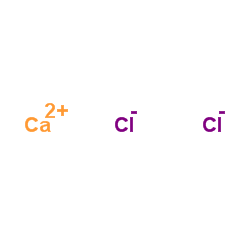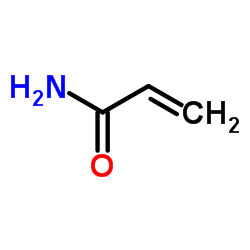| Structure | Name/CAS No. | Articles |
|---|---|---|
 |
Glycerol
CAS:56-81-5 |
|
 |
sodium chloride
CAS:7647-14-5 |
|
 |
Trometamol
CAS:77-86-1 |
|
 |
Ascorbic acid
CAS:50-81-7 |
|
 |
Magnesium choride
CAS:7786-30-3 |
|
 |
Calcium chloride
CAS:10043-52-4 |
|
 |
Acrylamide Crystals
CAS:79-06-1 |
|
 |
magnesium sulfate
CAS:7487-88-9 |
|
 |
SODIUM CHLORIDE-35 CL
CAS:20510-55-8 |
|
 |
calcium chloride dihydrate
CAS:10035-04-8 |